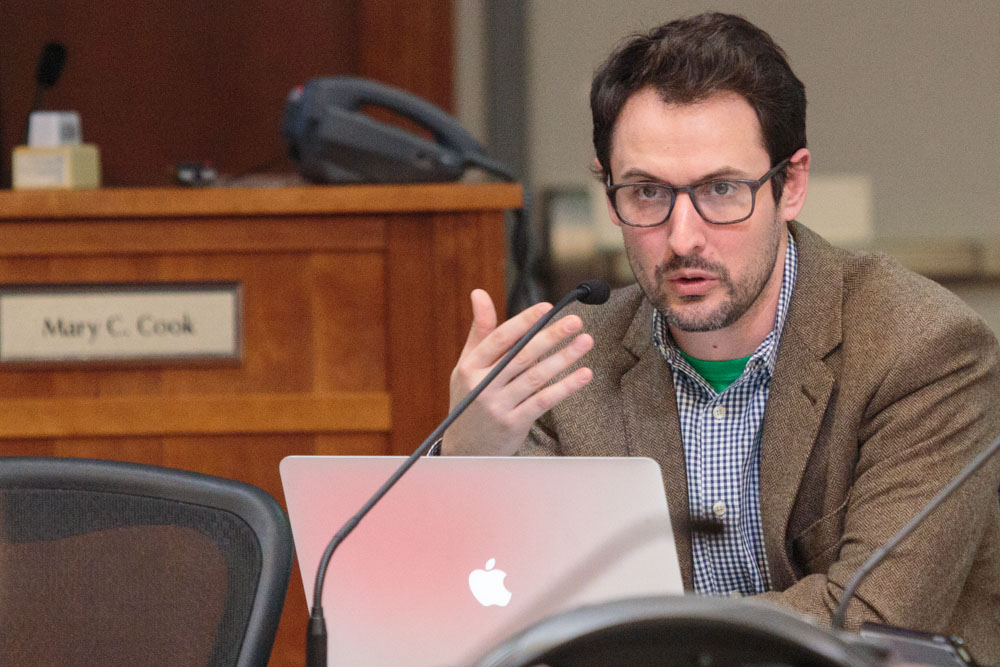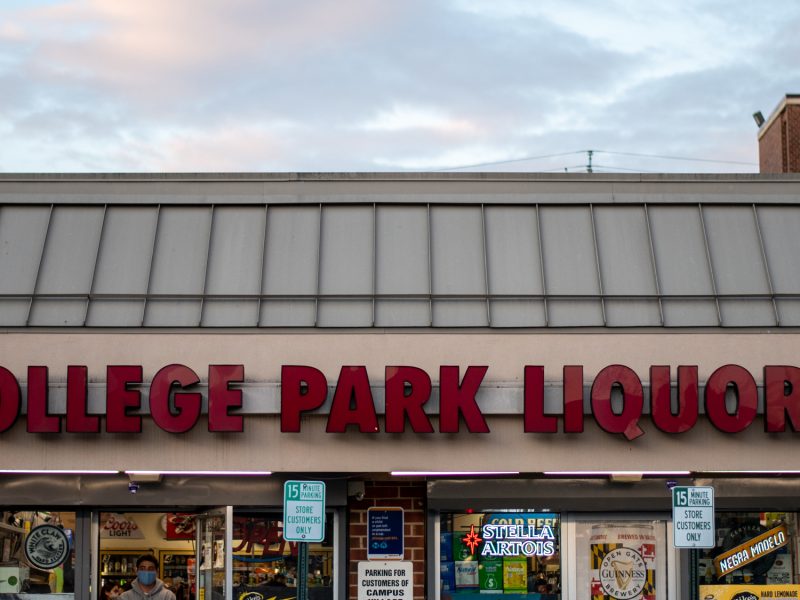The College Park City Council discussed ways of increasing public art and artistic ventures throughout the city during a work session Tuesday.
“Public art has a lot to say about a city,” District 2 Councilman P.J. Brennan said. “Art needs to be part of our development.”
The city’s planning department gave an official recommendation at the session in support of incorporating public art, such as sculptures and mosaics, into city projects and offering incentives to developers to include public art in all new projects.
Brennan had requested previously that the city conduct an exploration on how other communities fund and incorporate public art. Terry Schum, the city’s planning director who spoke on behalf of the department, presented her findings to the council at the work session.
[Read more: MilkBoy representatives say College Park’s art house will cater to “adult” audience]
“The most common thing you see in the zoning regulations [in other counties] is a provision for developers to be eligible to get a density bonus if they include certain amenities like public art,” Schum said. Density bonuses allot certain benefits, such as permission to build more housing units and taller buildings, “in exchange for provision of a defined public benefit,” according to the Puget Sound Regional Council.
Prince George’s County does not have any sort of similar provision regarding public art, Schum said, but she referenced neighboring Montgomery County’s success with public art as a possible role model. The county has installed over 300 works since 1983, in mediums ranging from sculptures to stained glass. Most are on display in public areas, such as high schools and libraries.
College Park is already adding some city additions that will display art, such as the Milkboy Arthouse restaurant and performance venue that is slated to open in the former Barking Dog location around spring break. Nando’s Peri-Peri, which opened on Route 1 in 2015, currently boasts an outdoor mural by South African artist Kilmany-Jo Liversage. The city is looking to promote like-minded works in all mediums, according to an agenda item.
[Read more: UMD President Wallace Loh hints at new arts addition to Route 1]
Brennan noted that implementing public art “is not just going to be one approach. It should be multifaceted.”
Chris Keosian, Student Government Association city affairs director and student liaison, said he supported the recommendations, citing the College Park 2020 initiative that aims to make the city a top-20 college town within the next three years.
“We want to create a desirable town where students and residents and visitors come together,” the junior government and politics major said. “If you look at college towns like Chapel Hill, State College or Blacksburg, they are beautiful. This is the right way for College Park to head.”
Mayor Patrick Wojahn said he had been approached about possible art installations and would like for the city to create a clear path forward.
“There’s a lot more that we could be doing with public art in our city,” he said. “If we have the right place for [installations] and they reflect the sentiment of the community, they could be good opportunities.”
District 1 Councilmember Fazlul Kabir added that “if there’s an interest, we could probably create an art advisory committee.” The committee would exist to debate types of artwork and possible locations.
Brennan placed an emphasis on the advantages of private-public partnerships in regard to public art, adding that art installations would create shared spaces for the city and bring more people to central areas.
“I appreciate the reaction public art instigates in people,” Brennan said. “Just because I don’t find something visually appealing, doesn’t mean it has no value.”



